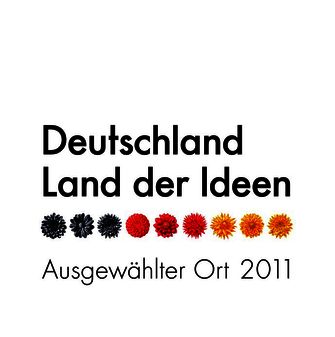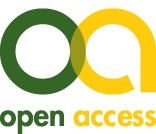Nitrogen dioxide – Determination of nitrogen dioxide in the workplace air using ion chromatography (IC)
Air Monitoring Method – Translation of the German version from 2025
Christian Monsé1 (Method development)George Dragan2 (Method development)
Ulrich Prott2 (Method development)
Christoph Emmel3 (External verification)
Ralph Hebisch2 (Head of the working group “Air Analyses” of the Permanent Senate Commission for the Investigation of Health Hazards of Chemical Compounds in the Work Area, Deutsche Forschungsgemeinschaft)
Uta Lewin-Kretzschmar4 (Head of the working group “Analytics”)
Andrea Hartwig5 (Chair of the Permanent Senate Commission for the Investigation of Health Hazards of Chemical Compounds in the Work Area, Deutsche Forschungsgemeinschaft)
MAK Commission6
1 Institute for Prevention and Occupational Medicine of the DGUV Institute of the Ruhr University Bochum (IPA), German Social Accident Insurance (DGUV), Bürkle de la Camp-Platz 1, 44789 Bochum, Germany
2 Federal Institute for Occupational Safety and Health (BAuA), Friedrich-Henkel-Weg 1–25, 44139 Dortmund, Germany
3 Berufsgenossenschaft der Bauwirtschaft (BG BAU), Am Knie 6, 81241 München, Germany
4 German Social Accident Insurance, Institution for the raw materials and chemical industry, Prevention - Department of Hazardous Substances, Biological Agents and Analytical Chemistry, Kurfürsten-Anlage 62, 69115 Heidelberg, Germany
5 Institute of Applied Biosciences, Department of Food Chemistry and Toxicology, Karlsruhe Institute of Technology (KIT), Adenauerring 20a, Building 50.41, 76131 Karlsruhe, Germany
6 Permanent Senate Commission for the Investigation of Health Hazards of Chemical Compounds in the Work Area, Deutsche Forschungsgemeinschaft, Kennedyallee 40, 53175 Bonn, Germany
Abstract
The working group “Air Analyses” of the German Senate Commission for the Investigation of Health Hazards of Chemical Compounds in the Work Area (MAK Commission) developed and verified the presented analytical method. It is used to determine the levels of nitrogen dioxide [10102-44-2] that occur in the workplace air. The method covers concentrations in the range from one tenth up to twice the current occupational exposure limit value (OELV) of 0.95 mg/m3 (0.5 ml/m3). Samples are collected by drawing a defined volume of air through a sampling tube filled with aluminium oxide carrier material coated with triethanolamine (TEA) using a flow regulated pump at a volumetric flow rate of 1.8 l/min. The exposure during the shift is assessed with a sampling period of 2 hours and the short-term exposure with a period of 15 minutes. Nitrogen dioxide reacts with TEA with formation of TEA nitrite and TEA nitrate. Nitrite and nitrate are extracted with ultra-pure water and analysed by ion chromatography using conductivity detection. The quantitative determination is based on multiple-point calibrations with external standards. A relative limit of quantification (LOQ) of 0.009 mg/m3 is obtained for an air sample volume of 216 litres. As the LOQ for a sample volume of 27 litres is well below 0.95 mg/m3, the short-term exposure limit (STEL; excursion factor 2) can also be measured. The mean recovery is 108% and the expanded uncertainty is below 28% for a sampling period of 2 hours.




